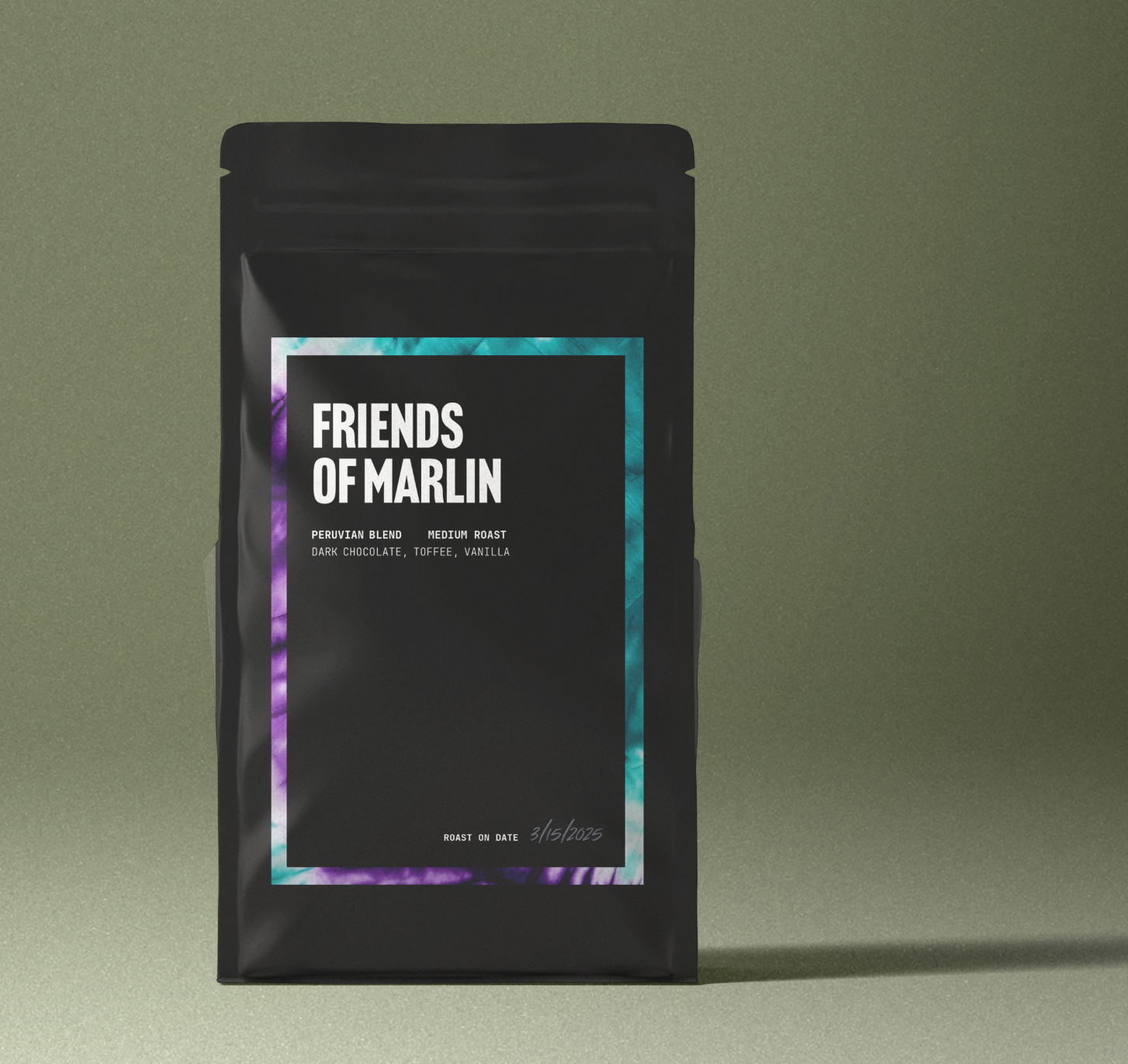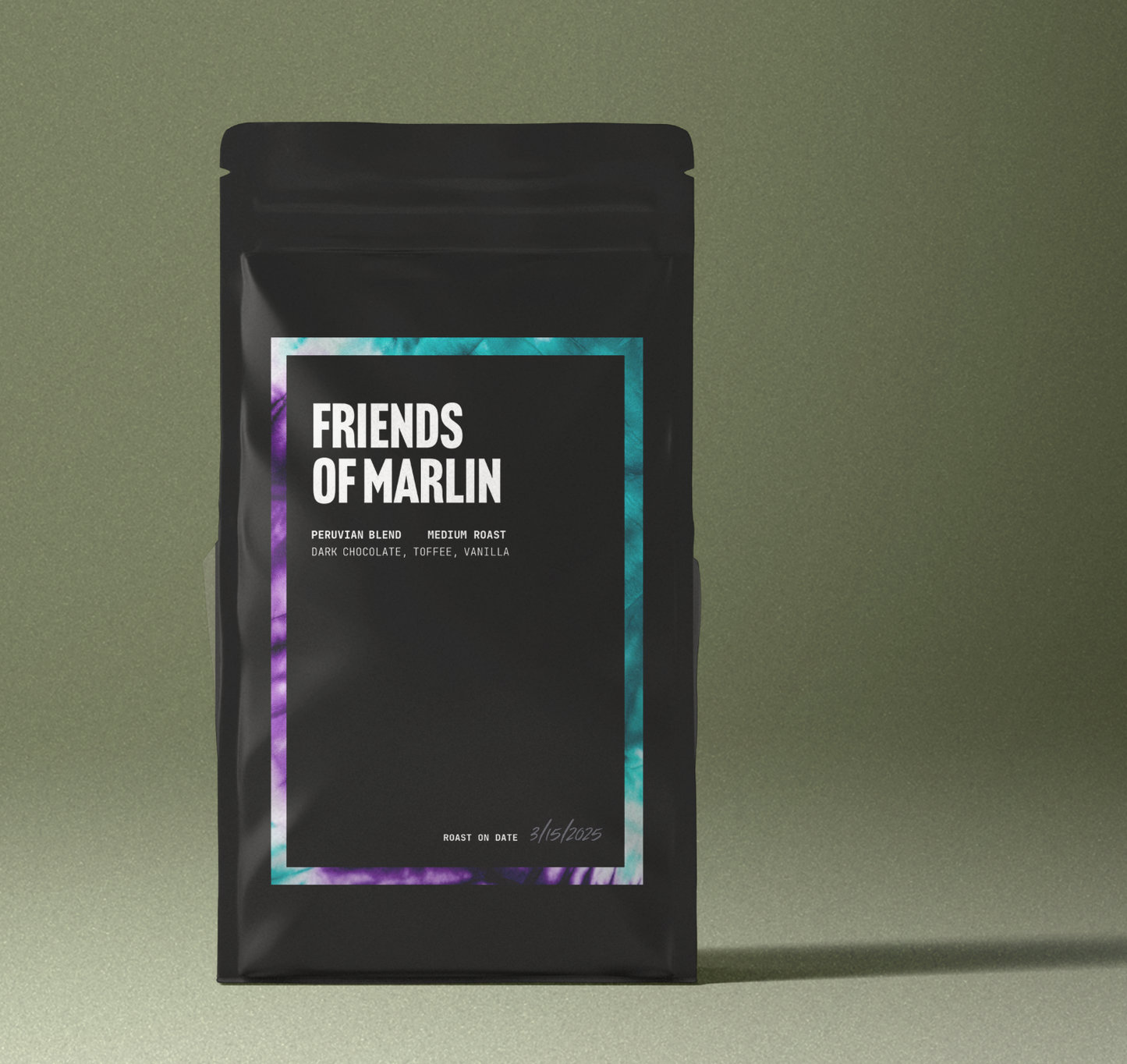
The 500‑Year Road to Specialty Coffee
Share
Introduction
When you cradle a meticulously brewed pour‑over and inhale its fragrant bouquet of jasmine, bergamot, or panela sugar, you’re enjoying the culmination of centuries of agricultural innovation, global trade, cultural exchange, and relentless curiosity. Today’s specialty coffee scene—replete with micro‑lots, barista championships, and cafés that resemble chemistry labs—might feel like a recent trend, but its roots stretch back more than 500 years. This is not just a beverage; it’s the product of a fascinating coffee history that has shaped economies and cultures.
In this exploration, we’ll trace the remarkable journey of coffee from its mythic origins on Ethiopian plateaus to the precision‑driven, ethically minded specialty movement that has reshaped how millions of people experience their morning cup. By unpacking each historical “wave” of coffee culture, examining key figures, and spotlighting technological and scientific milestones—from coffee cultivation and processing to modern coffee brewing methods—we’ll reveal how quality, transparency, and sustainability became rallying cries for a global community of growers, roasters, baristas, and consumers. Whether you’re a seasoned Q‑grader or simply curious about what makes a coffee “specialty,” this deep dive offers the context—and perhaps the inspiration—to appreciate every sip just a little bit more.
The Mythic Origins: Coffee’s First Footsteps (15th–17th Centuries)
The Legend of Kaldi: The most famous origin story begins with Kaldi, an Ethiopian goatherd who, according to lore, noticed his flock dancing energetically after nibbling bright red cherries from a mysterious shrub. Intrigued, Kaldi tasted the fruit himself and experienced a newfound vigor. A nearby Sufi monk, desperate to stay awake during long nights of prayer, reportedly steeped the cherries in water, creating the first crude coffee beverage. While historians debate the veracity of this tale, Ethiopia’s southwestern highlands remain widely accepted as the birthplace of Coffea arabica—and the Kaldi legend continues to shape coffee’s romantic mythology.
From Forests to Port Cities: Coffee’s Journey to Yemen By the 15th Century, coffee had crossed the Red Sea to Yemen, where Sufi mystics embraced the beverage for its ability to sustain concentration during nocturnal devotions. In the port city of Mocha—yes, that Mocha—Yemeni traders began exporting green beans through Ottoman shipping lanes. Coffeehouses called qahveh khaneh sprouted in Mecca, Cairo, Damascus, and Constantinople, becoming vibrant hubs for poetry, chess, music, and political debate. These early cafés were more than social hubs; they reflected an emerging coffee culture where coffee became a medium for connection.
Arrival in Europe and the New World: European merchants encountered coffee via Venetian trade routes in the early 17th Century. Initially dismissed as a bitter, exotic curiosity, coffee soon captured the imagination of intellectuals who dubbed cafés “penny universities”—for the price of a single penny, patrons gained access to newspapers, ideas, and lively discourse. London’s first coffeehouse opened in 1652; Paris followed in 1672. Meanwhile, colonial powers coveted coffee’s economic promise. The Dutch smuggled seedlings to Java, the French to the Caribbean, and the Portuguese to Brazil. By the 18th Century, coffee had become a global commodity, influencing coffee cultivation practices and setting the stage for both mass consumption and quality differentiation.
From Commodity to Culture: The First Wave (19th Century–1960s) 2.1 Industrialization and the Rise of Roasted & Ground The 19th Century ushered in steam‑powered roasters, vacuum‑sealed cans, and instant coffee—innovations that made the beverage accessible to the burgeoning middle class. Brands like Folgers and Maxwell House capitalized on post‑Civil War rail networks to distribute pre‑roasted blends nationwide. Convenience, consistency, and affordability defined this era, often at the expense of flavor nuance. Green coffee was traded in future markets like any other raw material, with little regard for origin transparency, coffee flavor profiles, or farmer livelihood.
Coffee and the American Identity: During the U.S. Civil War, Union soldiers received coffee rations that bolstered morale. By World War II, instant coffee accompanied troops overseas, cementing coffee as an emblem of American resilience. Back home, percolators bubbled on kitchen stoves, delivering dark, sometimes over‑extracted brews. The focus remained on caffeine delivery rather than sensory exploration—a stark contrast to the specialty coffee definition that would later emerge.
The Birth of Specialty: Seeds of a Movement (1960s–1980s) 3.1 Erna Knutsen Coins a Term In 1974, Norwegian‑American importer Erna Knutsen published an article in Tea & Coffee Trade Journal using the phrase “specialty coffee” to describe high‑quality beans sourced from distinct micro‑climates. Knutsen championed smallholder farmers and emphasized cup character over commodity pricing. Her advocacy inspired a new generation of roasters to seek traceability, fair trade coffee practices, and pay premiums for superior lots.
Peet’s Coffee and the Bay Area Renaissance: Across the Golden Gate in Berkeley, Dutch immigrant Alfred Peet opened Peet’s Coffee & Tea in 1966, roasting dark, aromatic blends that shocked palates accustomed to supermarket tins. Peet mentored the founders of Starbucks—Jerry Baldwin, Zev Siegl, and Gordon Bowker—who opened their first Seattle store in 1971, selling freshly roasted beans and equipment for home brewing. Although Starbucks would later pivot to café service and flavored beverages, its early years helped introduce Americans to the concept of origin‑specific, freshly roasted coffee, sparking what would evolve into third wave coffee.
The Specialty Coffee Association is Born: Recognizing the need for standards and community, industry pioneers established the Specialty Coffee Association of America (SCAA) in 1982. The organization—now merged into the global Specialty Coffee Association (SCA)—codified cupping protocols, promoted coffee cupping as a formal evaluative tool, and launched annual trade shows that became incubators for innovation. This institutional framework legitimized specialty coffee and attracted investment, setting the stage for rapid growth.
The Second Wave: Espresso, Experience, and Global Expansion (1980s–2000s)
Espresso Machines Cross the Atlantic: While Italians had perfected espresso culture since the early 20th Century, the technology remained largely confined to Europe until companies like La Marzocco and Faema began exporting commercial machines abroad. Starbucks’ Howard Schultz, inspired by Milan’s café bars, introduced the “third place” concept—an inviting space between home and work—when he transformed Starbucks into a beverage‑forward chain in 1987. Caramel macchiatos and Frappuccinos may not fit strict specialty definitions, but they familiarized millions with espresso‑based drinks and paved the way for more artisanal expressions.
Barista Craft Emerges as a Profession: The 1990s saw the birth of the World Barista Championship (WBC), elevating latte art and extraction science to competitive sport. Training programs like the SCA’s Barista Pathways formalized knowledge on grind size, dose, and brew ratios. Cafés invested in burr grinders, PID‑controlled boilers, and water filtration systems—tools that allowed baristas to showcase coffee flavor profiles and terroir‑driven nuances once masked by inconsistent equipment.
Global Supply Chains and Ethical Concerns: As demand surged, so did scrutiny of labor practices and environmental impact. The Fairtrade certification, launched in 1988, sought to guarantee minimum prices to smallholder farmers. Organic and Rainforest Alliance seals followed, reflecting consumer appetite for ethical consumption. Direct trade coffee began to emerge as an alternative, aiming to foster transparency and equitable partnerships.
The Third Wave: Science, Storytelling, and Sensory Excellence (2000s–2010s)
Defining the Third Wave :Trish Rothgeb of Wrecking Ball Coffee Roasters coined “third wave” in 2002, envisioning coffee treated with the reverence accorded to wine. Third wave coffee roasters like Stumptown, Intelligentsia, and Counter Culture forged direct relationships with farmers, often visiting origins multiple times a year to collaborate on coffee processing methods and pay quality‑based premiums. Packaging highlighted farm names, varietals, elevation, and harvest dates, inviting consumers to connect with the bean’s journey.
Processing Innovation and Flavor Diversity: At origin, producers began experimenting beyond the traditional washed and natural methods. Honey, anaerobic, and carbonic maceration processes unlocked flavor profiles ranging from strawberry jam to sparkling tropical fruit. Micro‑mills in Costa Rica empowered farmers to control processing, capturing added value that once accrued to exporters. The Cup of Excellence competition, launched in 1999, created transparent auctions where exceptional lots fetched record‑breaking prices, incentivizing quality improvements across entire regions.
Brewing Becomes a Science: Hand‑brew devices like the Hario V60, Chemex, and AeroPress gained cult followings, while refractometers and TDS meters quantified extraction. The Specialty Coffee Association’s Golden Cup standard codified optimal strength and extraction ranges. YouTube channels and blogs disseminated brew recipes, turning kitchen counters into test labs. Coffee brewing methods became a science, merging precision with sensory exploration.
The Rise of the Coffee Professional: Third wave culture elevated roles across the supply chain: Q‑graders assessed green coffee quality; roasters employed software like Cropster to profile roast curves; sensory scientists mapped flavor wheels. Coffee varietals were discussed with wine-like reverence, and coffee terroir became a lens through which connoisseurs interpreted flavor. Baristas became brand ambassadors, sharing origin stories and brew parameters with inquisitive customers. This knowledge‑sharing fostered a sense of community that transcended national borders.
Toward a Fourth Wave? Technology, Equity, and Climate Resilience (2010s–Present)
Data‑Driven Agriculture: Climate change threatens arabica yields through rising temperatures and unpredictable rainfall. In response, agronomists deploy drones, satellite imaging, and machine learning to monitor leaf rust, optimize irrigation, and predict harvest peaks. Varietal research labs like World Coffee Research develop hybrids such as Starmaya and Centroamericano that promise both cup quality and disease resistance, safeguarding specialty’s future.
Beyond Direct Trade: Collaborative Value Chains While direct trade built transparency, critics argue that one‑to‑one relationships can overlook systemic inequities. New models—profit‑sharing contracts, community‑owned washing stations, and blockchain traceability—aim to distribute value more equitably. Initiatives like the Specialty Coffee Transaction Guide publish anonymized contract data, empowering producers to negotiate fairer prices based on quality tier rather than commodity indices.
The Digital Café: COVID‑19 accelerated online ordering, subscription services, and virtual cuppings. Roasters ship freshly roasted beans worldwide, while apps track brew recipes and connect home baristas to global leaderboards. Smart brewers adjust flow rates and temperatures via Bluetooth, bridging the gap between professional and home setups. Yet, the heart of specialty—human connection—remains anchored in the sensory ritual of sharing a cup, whether in a bustling café or over a video call.
Sustainability and the Carbon Footprint: As consumers scrutinize environmental impact, roasters adopt Loring and Bellwether machines that recirculate hot air, slashing emissions. Carbon‑neutral certifications, compostable packaging, and electric delivery bikes become competitive differentiators. Some cafés champion “zero‑waste lattes,” sourcing oat milk in bulk and repurposing coffee grounds into compost or skincare products. The future of specialty hinges on balancing sensory delight with planetary stewardship and long-term coffee sustainability.
Conclusion: Savoring the Story in Every Sip From the mystical forests of Ethiopia to the algorithm‑assisted farms of today, coffee’s evolution mirrors humanity’s own journey toward interconnectedness, innovation, and introspection. The specialty movement reminds us that a beverage once valued merely for its caffeine can embody terroir, craftsmanship, and ethical intent. Each wave—commodity, experiential, artisanal, and data‑driven—has added layers of complexity to our collective understanding of what coffee can be.
As you explore your next single‑origin espresso or experiment with a new pour‑over technique, remember the generations of farmers, traders, roasters, and baristas whose passion has transformed a humble cherry seed into a symphony of flavor. By honoring their stories, understanding the full coffee history, and supporting equitable, sustainable practices, we ensure that the next chapter of specialty coffee continues to enrich both palate and planet.
So raise your cup, breathe in its aromatic tapestry, and taste not just the notes of citrus or cocoa, but the centuries of history that swirl within every drop—a journey powered by direct trade coffee, guided by the principles of coffee sustainability, and defined by the relentless pursuit of excellence in every sip.

